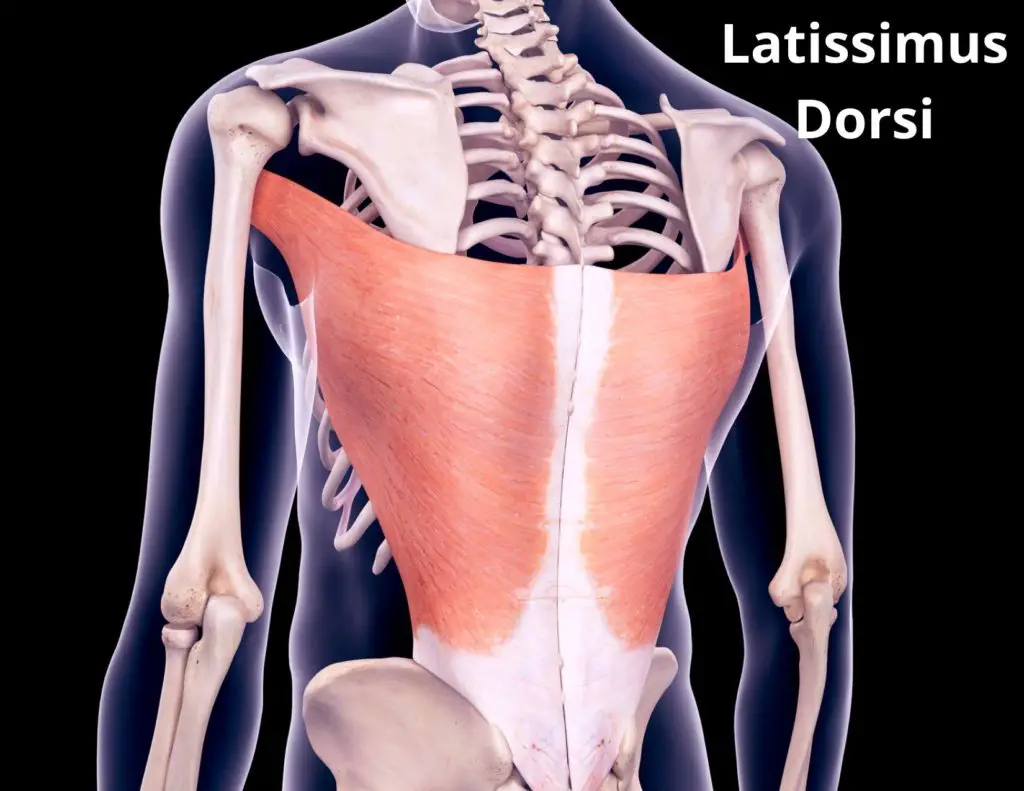I hurt my shoulder a few months ago. Physical therapists are human too…and susceptible to pain and injury. Here’s how I recovered fast:
1) Don’t Panic
Pain shot through my left shoulder as I lowered the barbell to the floor. Did I tear something? Pinch a nerve in my neck? Injure my rotator cuff?
I took a deep breath. Worst-case thinking won’t help.
The posterior shoulder pain halted my deadlift workout. I tested my shoulder to see if it would let me finish the training session:
I could reach overhead. No numbness or tingling into my arm. My strength felt normal. Green light.
My shoulder hurt during the remaining deadlifts, but it didn’t worsen. I knew lawnmower rows would aggravate my shoulder, so I didn’t push my luck. Time to recover.
It’s easy to fear the worst when we get hurt. But panicking is a mistake. Studies show that expecting the worst leads to prolonged recovery and a higher likelihood of chronic pain (1).
2) Understand the Problem
That night, I employed “a very particular set of skills” (i.e. my physical therapy training) to figure what happened, and why.
It wasn’t a pinched nerve in my neck–I didn’t have neck stiffness or nerve pain shooting into my arm. Normal shoulder strength (internal and external rotation) indicated my rotator cuff was intact.
The pain wasn’t the shoulder impingement discomfort I dealt with in the past. It felt muscular. Pressing on muscles near the back of my armpit reproduced the pain, confirming my hunch that I’d injured a muscle.
Shoulder extension (reaching behind me) hurt the most, indicating a latissimus dorsi (lats) muscle injury–the lats are a powerful shoulder extensor.

As you can see from the lats’ anatomy, a latissimus dorsi muscle contraction stabilizes the lower back and pulls the upper arm down to the side of the torso.
After brief reflection, I realized why I injured my lats.
On Wednesdays, two days before Friday deadlifts, I’d added an intense pull-up workout to my routine. Pull-ups target the latissimus dorsi muscles. My lats weren’t fully recovered by Friday. Hence the injury during deadlifts.
It’s essential to understand the source(s) of pain to treat it effectively. Like with any challenge, crafting a solution is impossible without understanding the problem.
3) Seek Treatment
I self-treated my shoulder injury with rest, gentle strengthening, and soft tissue mobilization via a lacrosse ball. Then I reached out for help.
Four days after the injury, I recruited another physical therapist to dry needle my lats. It was a painfully wonderful experience. My shoulder felt brand new!
Friday, one week after the injury, I deadlifted without pain. A few weeks later, my shoulder felt back to 100%!
Summary
These 3 steps helped me recover fast, and they can work for many orthopedic injuries: don’t panic, understand the problem, and seek treatment. If you aren’t an orthopedic expert, work with a physical therapist to fast-track your recovery.
For more evidence-based insights you won’t find anywhere else, join the free, fast-growing Facts & Physio Newsletter. Plus, get The Recovery Checklist when you sign up.

